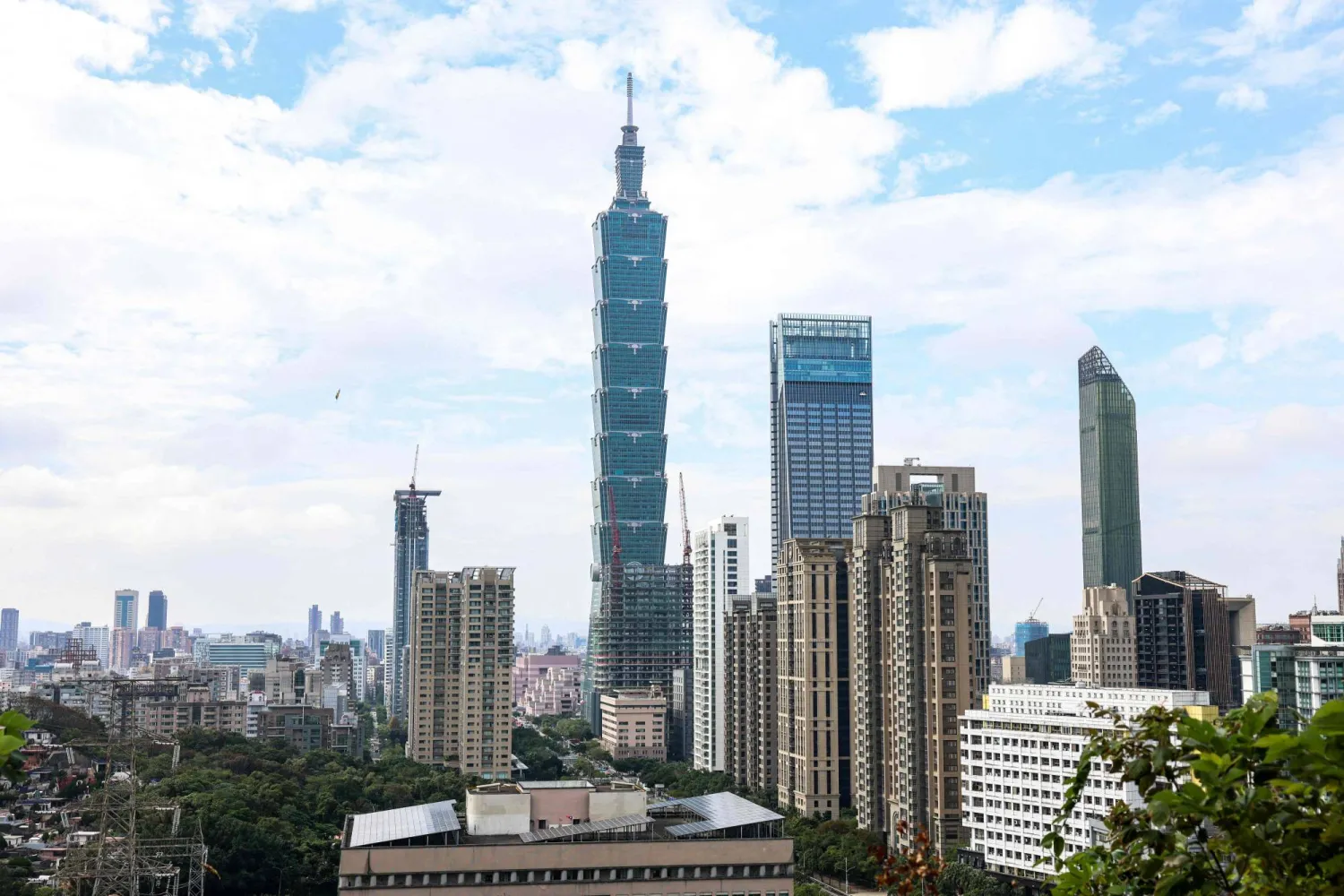North Korea unveiled for the first time a nuclear-powered submarine under construction, a weapons system that can pose a major security threat to South Korea and the US.
State media on Saturday released photos showing what it called "a nuclear-powered strategic guided missile submarine," as it reported leader Kim Jong Un’s visits to major shipyards where warships are built.
The Korean Central News Agency, or KCNA, didn't provide details on the submarine, but said Kim was briefed on its construction.
The naval vessel appears to be a 6,000-ton-class or 7,000-ton-class one which can carry about 10 missiles, said Moon Keun-sik, a South Korean submarine expert who teaches at Seoul’s Hanyang University. He said the use of the term "the strategic guided missiles" meant it would carry nuclear-capable weapons.
"It would be absolutely threatening to us and the US," Moon said.
A nuclear-powered submarine was among a long wishlist of sophisticated weaponry that Kim vowed to introduce during a major political conference in 2021 to cope with what he called escalating US-led military threats. Other weapons were solid-fueled intercontinental ballistic missiles, hypersonic weapons, spy satellites and multi-warhead missiles. North Korea has since performed a run of testing activities to acquire them.
North Korea obtaining a greater ability to fire missiles from underwater is a worrying development because it’s difficult for its rivals to detect such launches in advance.
Questions about how North Korea, a heavily sanctioned and impoverished country, could get resources and technology to build nuclear-powered submarines have surfaced.
Moon, the submarine expert, said North Korea may have received Russian technological assistance to build a nuclear reactor to be used in the submarine in return for supplying conventional weapons and troops to support Russia’s war efforts against Ukraine.
He also said North Korea could launch the submarine in one or two years to test its capability before its actual deployment.
North Korea has an estimated 70-90 diesel-powered submarines in one of the world’s largest fleets. However, they are mostly aging ones capable of launching only torpedoes and mines, not missiles.
In 2023, North Korea said it had launched what it called its first "tactical nuclear attack submarine," but foreign experts doubted the North’s announcement and speculated it was likely a diesel-powered submarine disclosed in 2019. Moon said there has been no confirmation that it has been deployed.
North Korea has conducted a slew of underwater-launched ballistic missile tests since 2016, but all launches were made from the same 2,000-ton-class submarine which has a single launch tube. Many experts call it a test platform, rather than an operational submarine in active service.
In recent days, North Korea has been dialing up its fiery rhetoric against the US and South Korea ahead of their upcoming annual military drills set to start Monday.
During his visits to the shipyards, Kim said North Korea aims to modernize water-surface and underwater warships simultaneously. He stressed the need to make "the incomparably overwhelming warships fulfill their mission" to contain "the inveterate gunboat diplomacy of the hostile forces," KCNA reported Saturday.









